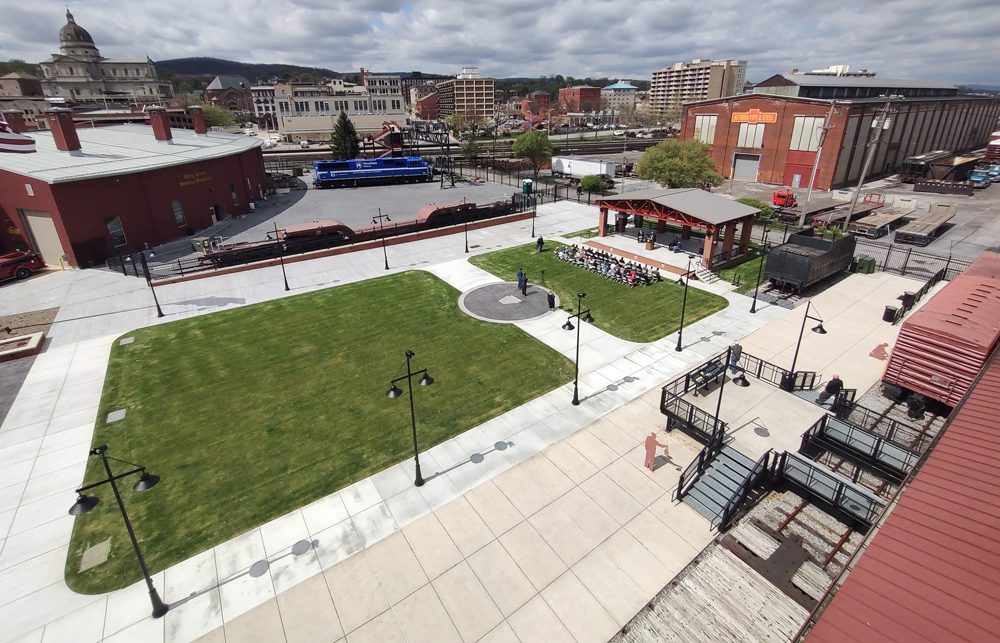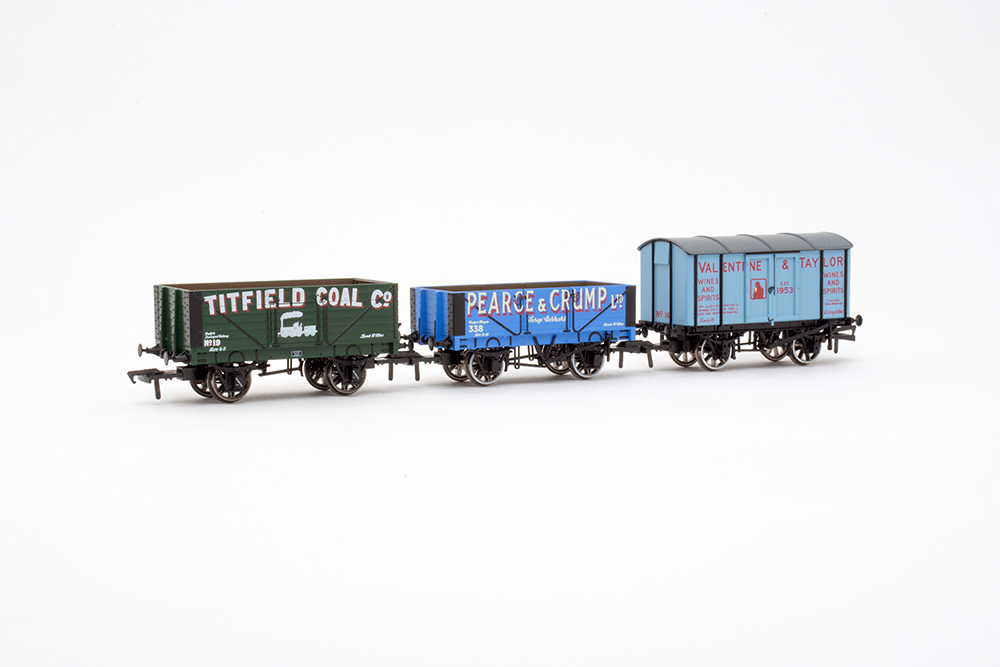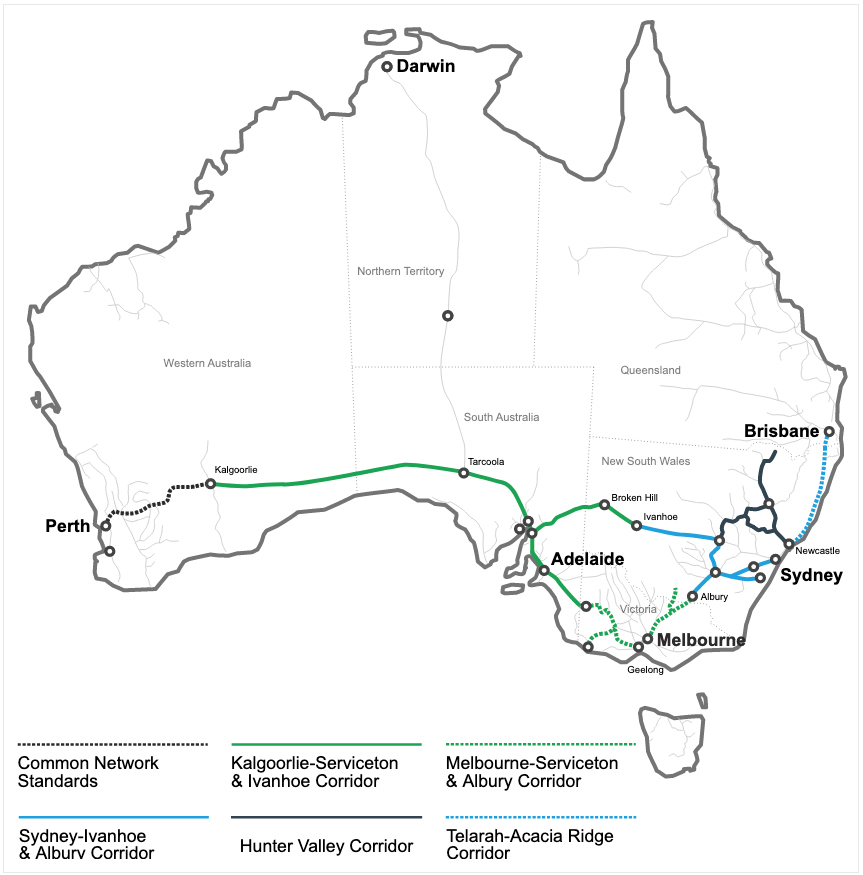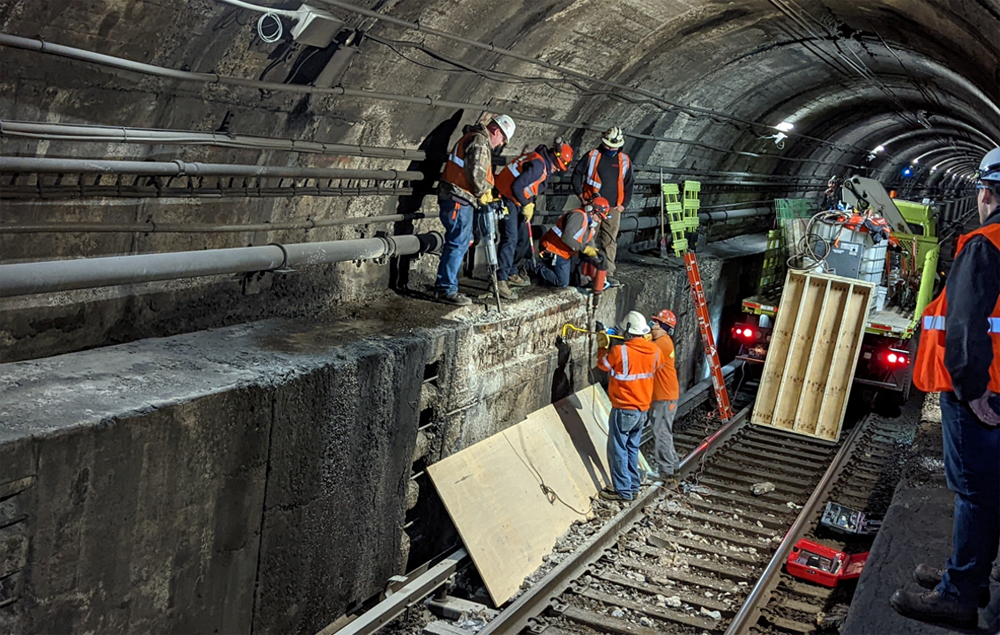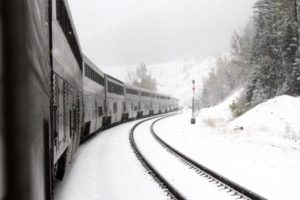
Bob Johnston
Fourth in a series
WILLISTON, N.D. — The eastbound Empire Builder departed Portland, Ore., with a heavy contingent of travelers filling seats in the baggage-coach, mostly going to Pasco and Spokane, Wash. In the Superliner coach ahead, the lower-level seating carried patrons heading to at least a dozen destinations, ranging from Sandpoint, Idaho, to Chicago.
This late October trip, during the train’s first week of triweekly operation, illustrates how the train serves more travelers between intermediate stations on its 45-stop journey than most long-distance trains. At Spokane, the Portland section joins one originating in Seattle, adding two more coaches.
Like all Amtrak trains, this one is limited to 50% of coach capacity during the pandemic, ensuring single travelers won’t be forced to share a seat overnight with strangers. The mandatory mask policy allows a woman traveling from Everett, Wash., to Grand Forks, N.D., to feel safe on trips to the Sightseer lounge for drawing sessions with her young son, or when buying lunch from the cafe.
Demand for sleeping car space is met with one sleeper from Portland and one from Seattle, plus a transition sleeper from Seattle staffed by an attendant. This adds eight roomettes for paying customers while keeping four rooms from being lost from the inventory for crew use, as was the case on the connecting Coast Starlight and California Zephyr. The extra attendant also helps clean tables and seat patrons in the dining car, which would otherwise be staffed by one lead service attendant upstairs and a cook downstairs to heat pre-packaged meals.
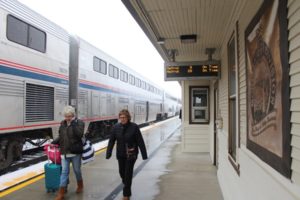
Bob Johnston
This is in contrast to a February 2017 trip on a sold-out eastbound Builder, which had just one Seattle coach and no transition sleeper. On that trip, more than a dozen passengers from Seattle traveled only as far as Leavenworth, Wash., preventing seats from being sold to customers who wanted to take longer trips.
In fiscal 2019, the train edged the Coast Starlight to lead long-distance ridership; the Builder’s $52.6 million in revenue — half from sleeping cars — was second in that category behind Auto Train. Credit sufficient capacity for making this possible.
While the train was still daily in summer 2020, it handled additional sleeping cars from both Portland and Seattle to provide more options for passengers traveling to intermediate stops. This helped the Builder generate as much overall revenue in July as a month’s worth of Acela Saturday-Thursday trips (three Monday-Thursday, two on Saturday). This was true even though the Glacier Park Lodge, a traditional mid-route passenger magnet, remained closed because of the pandemic.
During the October trip, although demand was clearly down, seats that had been vacated in the Portland and Seattle coaches were occupied again out of Whitefish, Mont., with travelers bound for Shelby, Mont.; Columbus and Tomah, Wis.; and St. Paul, Milwaukee, and Chicago. Each of the four cars also carried passengers bound for Williston, N.D.
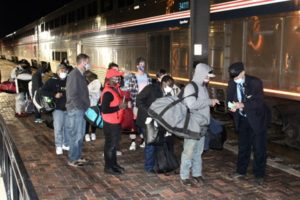
Bob Johnston
“We have 22 people getting on at Williston today — 19 in the coaches and three in the sleepers,” explains assistant conductor Shane Johnson. They were travelling across the state to Minot, Rugby, Grand Forks, and Fargo, and to Staples, Minn., and Chicago. One of the passengers boarding in Williston moved into roomette 8 of the Portland sleeper, previously occupied by a woman traveling from Spokane to Malta, Mont.
These anecdotal observations don’t begin to suggest there is sufficient patronage to cover all the train’s direct costs. But they do the importance of maintaining capacity to allow travel between city pairs where there are few other public transportation options.
The strength of this train in normal times is that with abundant promotion and exceptional onboard amenities, it can attract another layer passengers traveling between major destinations who might consider a faster point-to-point alternative, but choose the Empire Builder instead.
Next, the series finale: About that food and staffing
Previously:
Part 1 — Onboard Analysis: Slimmed-down ‘Zephyr’ is stretched thin (Oct. 29, 2020)
Part 2 — Onboard Analysis: Scheduling logistics, limited help hobble ‘Zephyr’ (Nov. 6, 2020)
Part 3 — Onboard Analysis: ‘Coast Starlight’ is busy overnight (Nov. 13, 2020)






